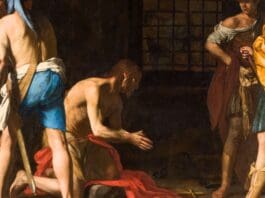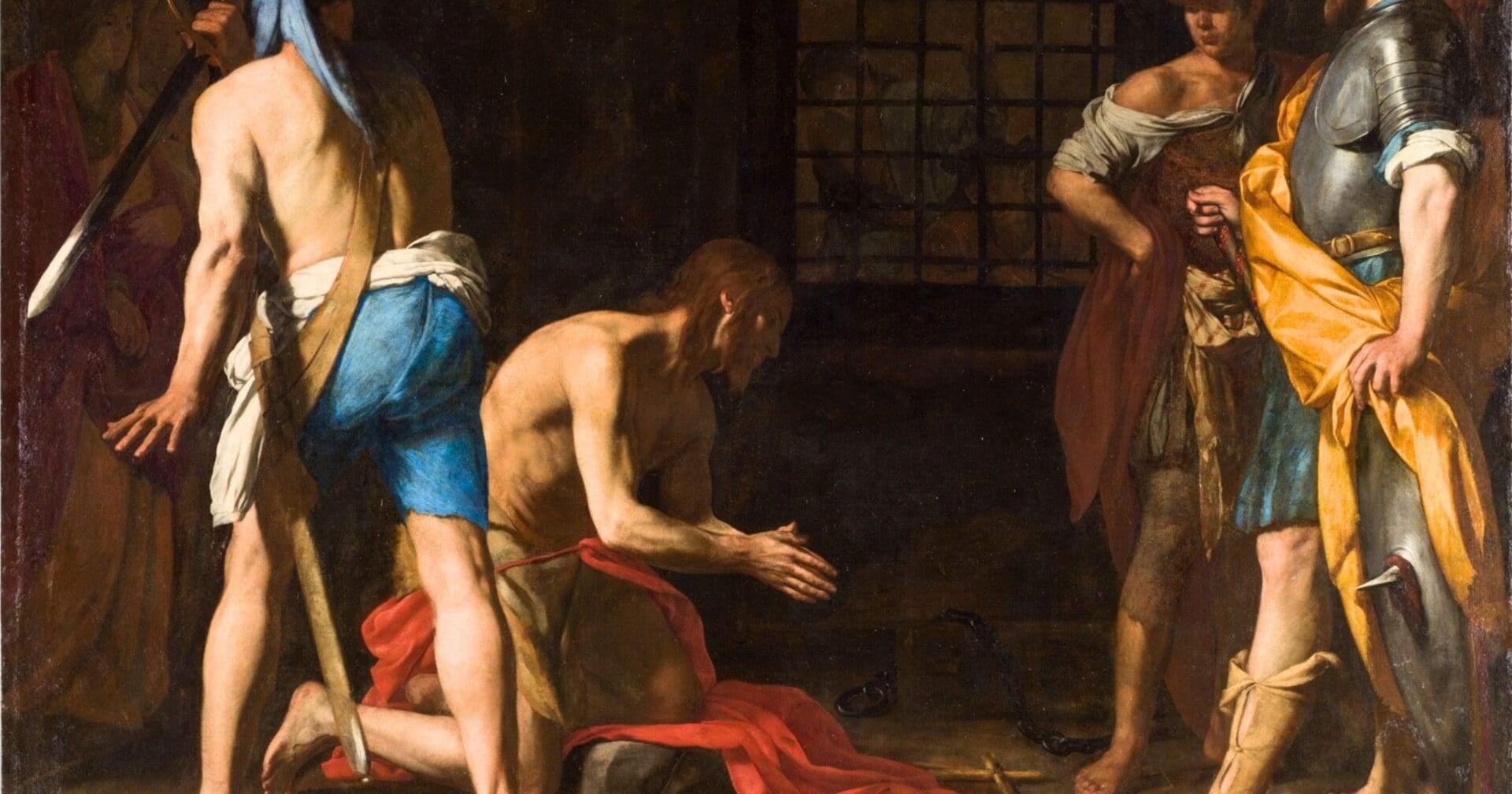
From infancy, Saint John the Baptist was guided by the Holy Spirit to lead a life of solitude and contemplation in the wilderness. This life of prayer and penance prepared him for a vital mission that began when he was thirty.
Dressed in simple attire that symbolized penance, John began preaching to the masses about the importance of repentance and the imminent arrival of the Messiah. His powerful message resonated with many, and he was seen as a true messenger sent by God. He urged people to recognize their sins and seek redemption to be ready for God’s mercy.
However, his candid preaching led to a confrontation with the powerful. When Herod Antipas, the tetrarch, unlawfully married Herodias, his brother Philip’s wife, John did not hesitate to condemn their actions as sinful. Enraged, Herod, influenced by his illicit desire and anger, imprisoned John.
About a year into John’s imprisonment, Herod hosted a grand feast. Salome, Herodias’ daughter from her first marriage, danced so enchantingly that Herod promised her any reward she desired. Guided by her vindictive mother, Salome demanded John the Baptist’s head on a plate.
Even Herod was taken aback by this gruesome request. Yet, he reluctantly agreed, and a guard was dispatched to execute John. After the deed was done, his head was presented to Salome, who then handed it to her mother. It is said that in her malice, Herodias even pricked the tongue of the saint with a needle. Thus, the brave herald of Christ met his tragic end, about a year before Jesus himself was crucified.
Photo credit: Public Domain via Wikimedia Commons
The post The Passion of Saint John the Baptist appeared first on uCatholic.
Daily Reading
Thursday of the Second Week in Ordinary Time
Reading 1 Hebrews 7:25—8:6 Jesus is always able to save those who approach God through him, since he lives forever to make intercession for them. It was fitting that we…
Daily Meditation
Finding Solace in Jesus
Click here for daily readings “He had cured many, and, as a result, those who had diseases were pressing upon him to touch him” (Mk 3:10). This scene opens with…




